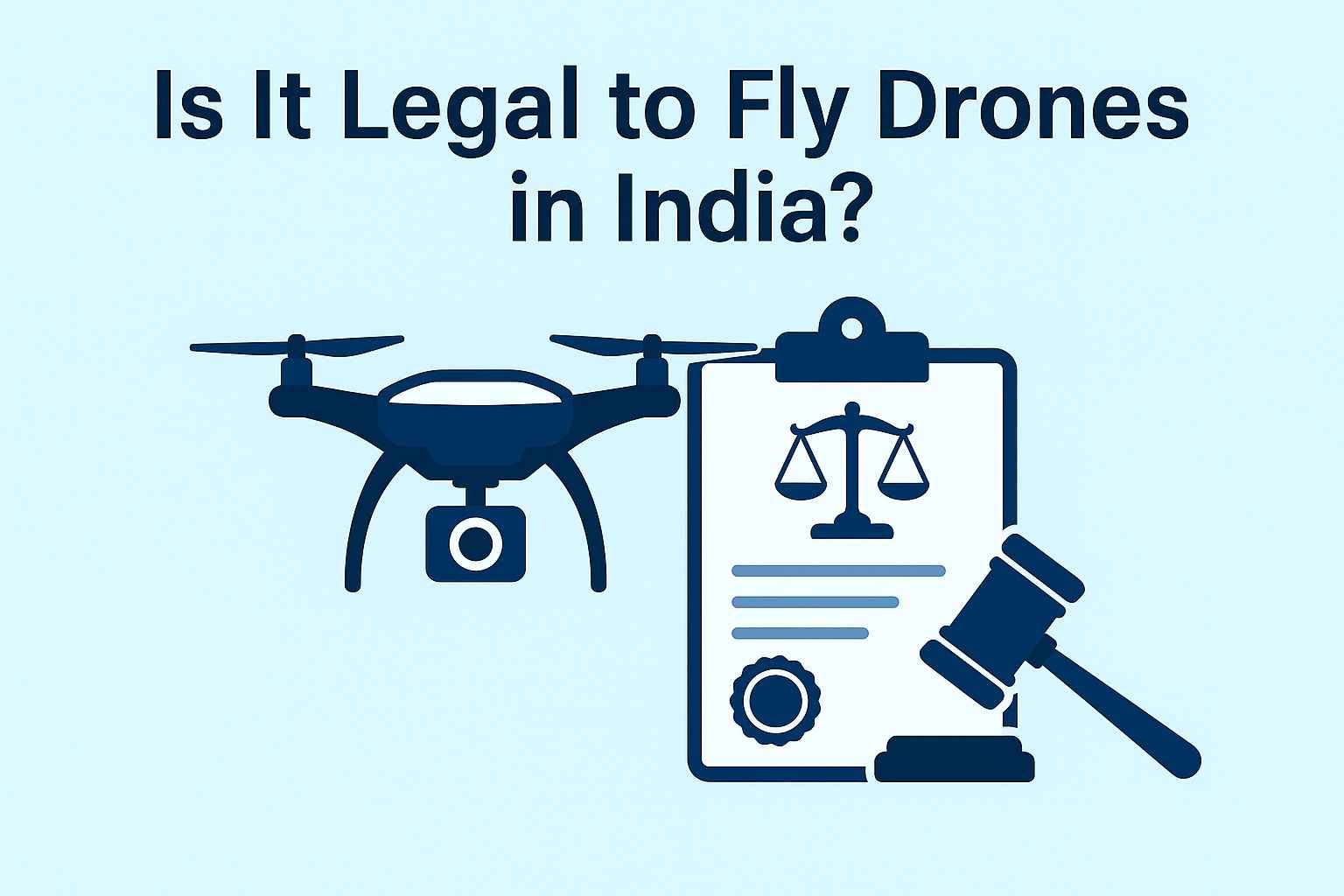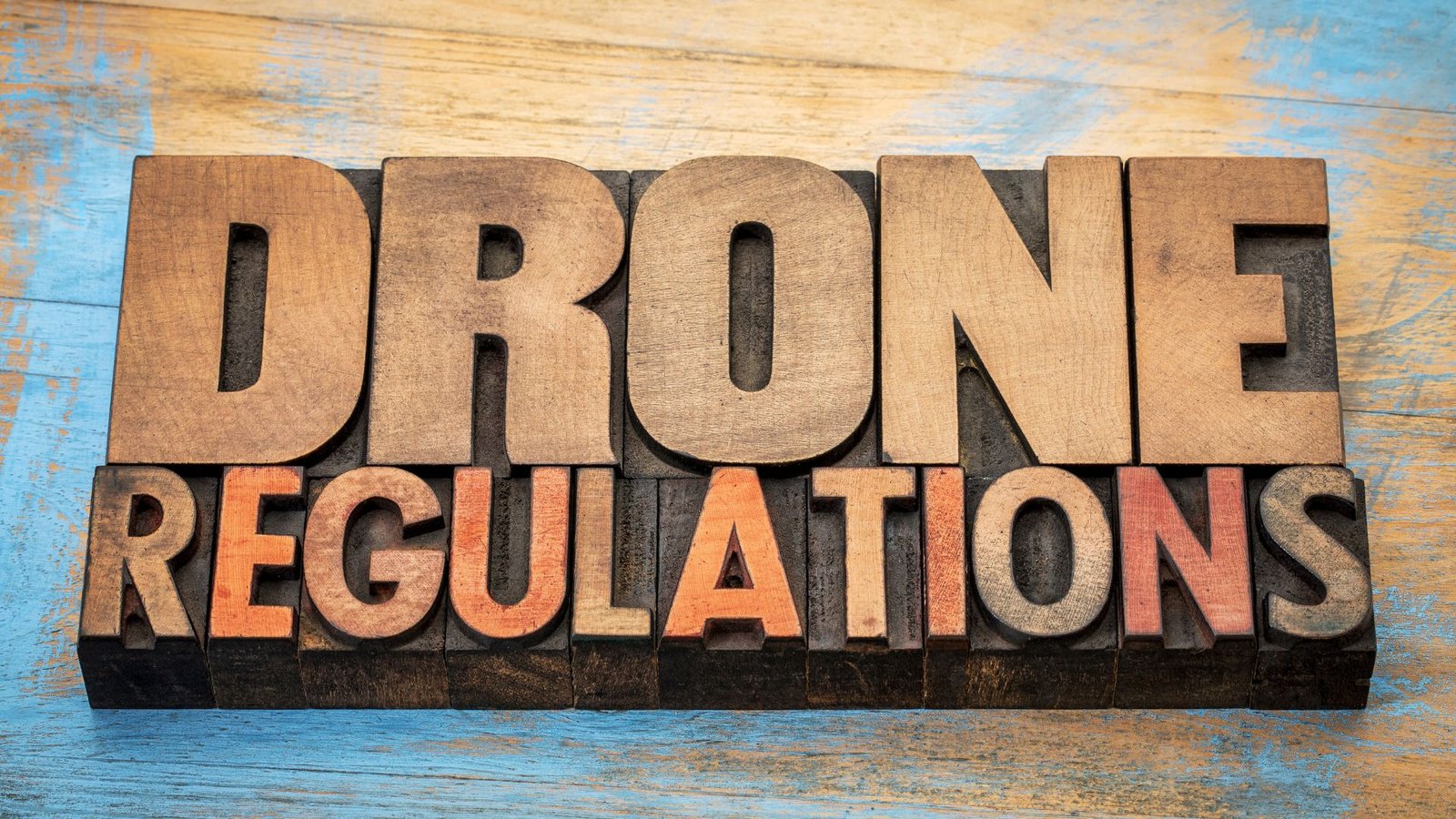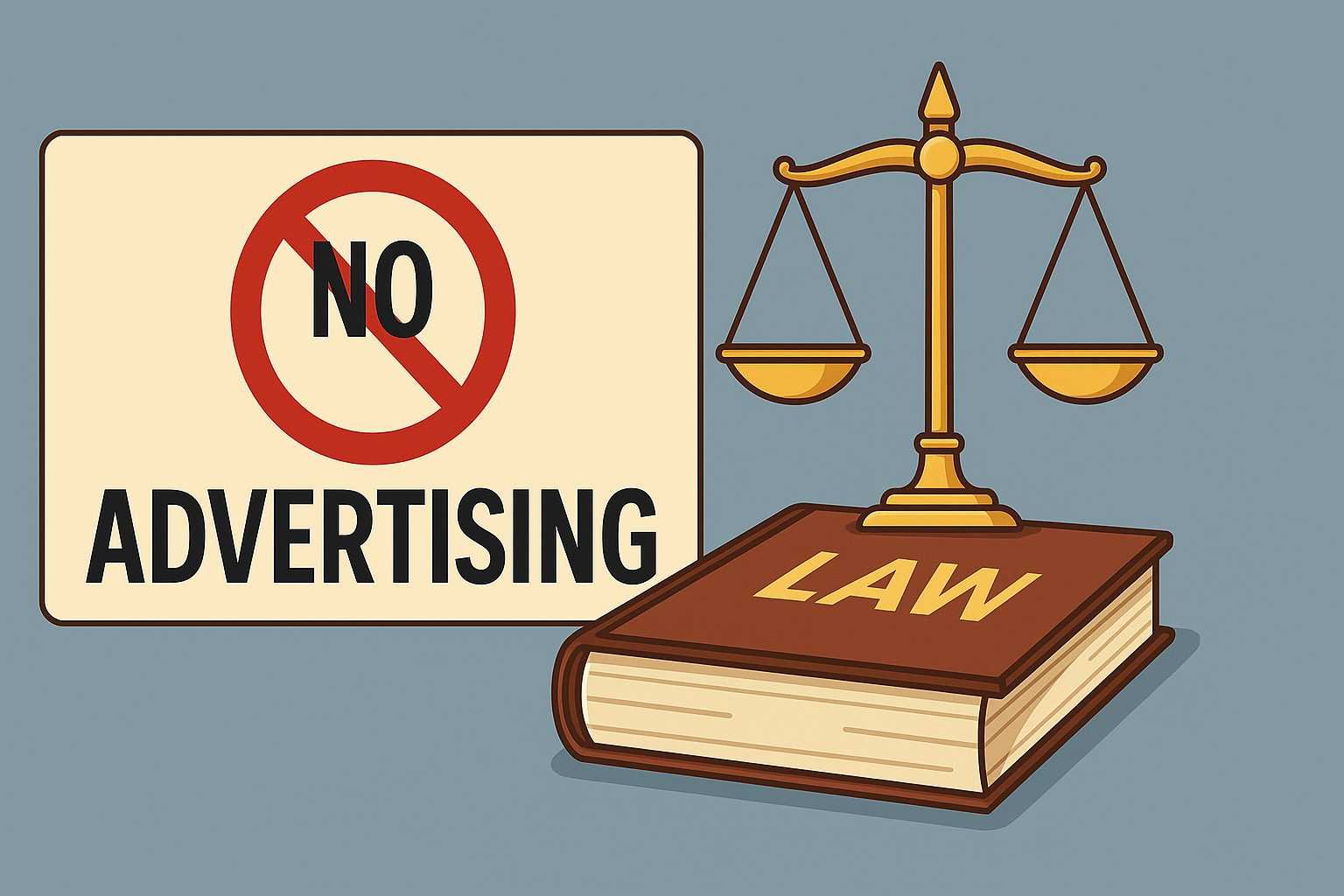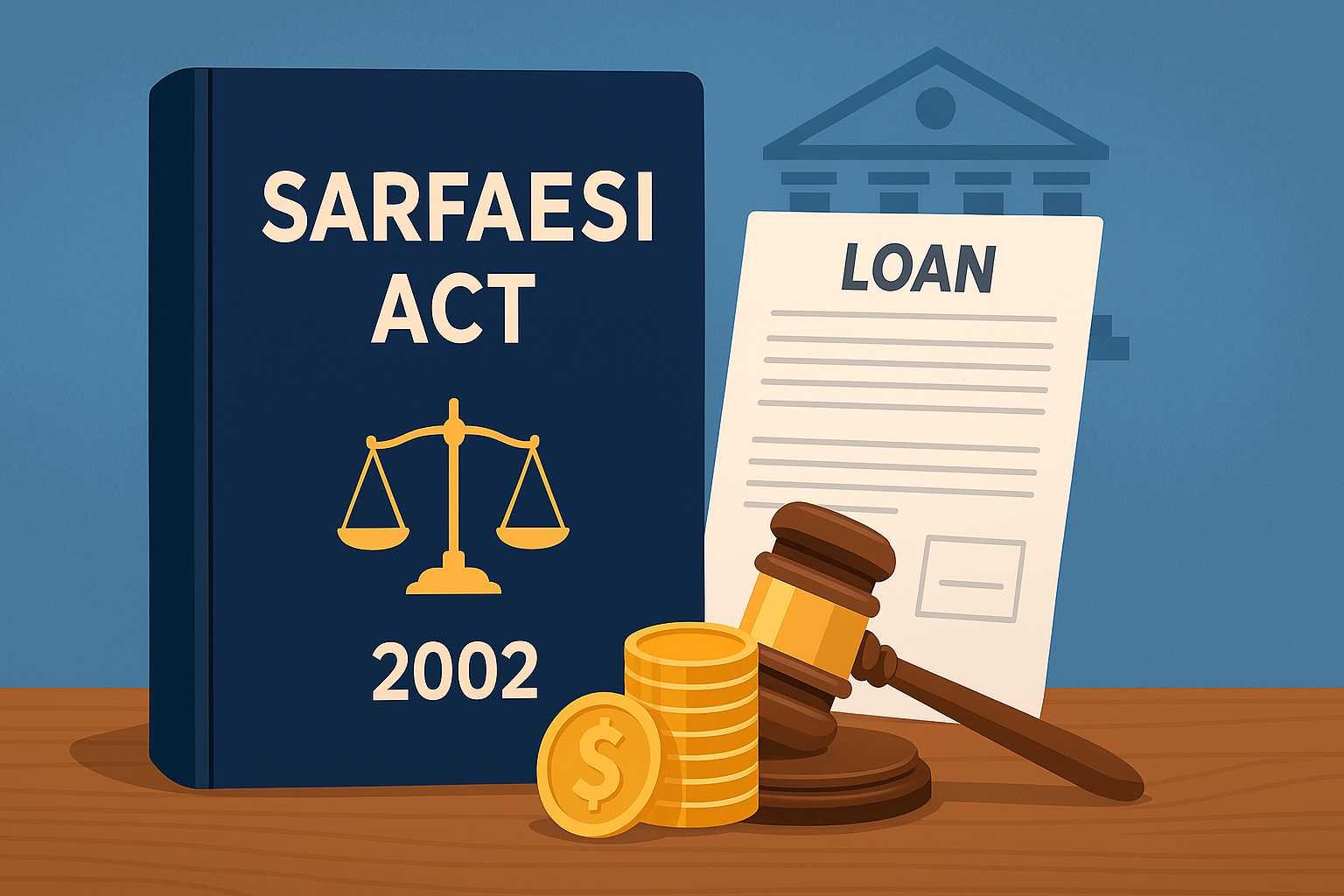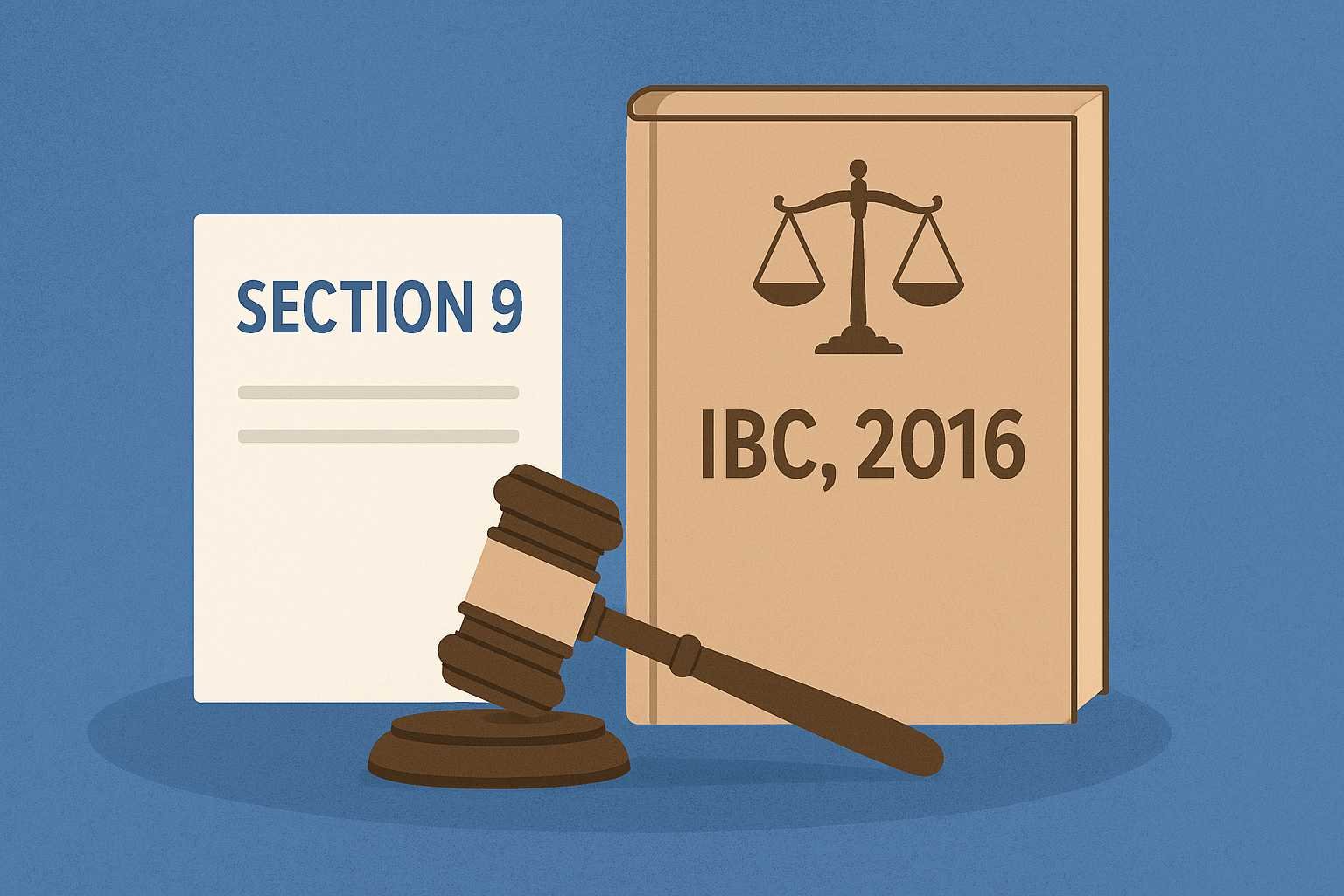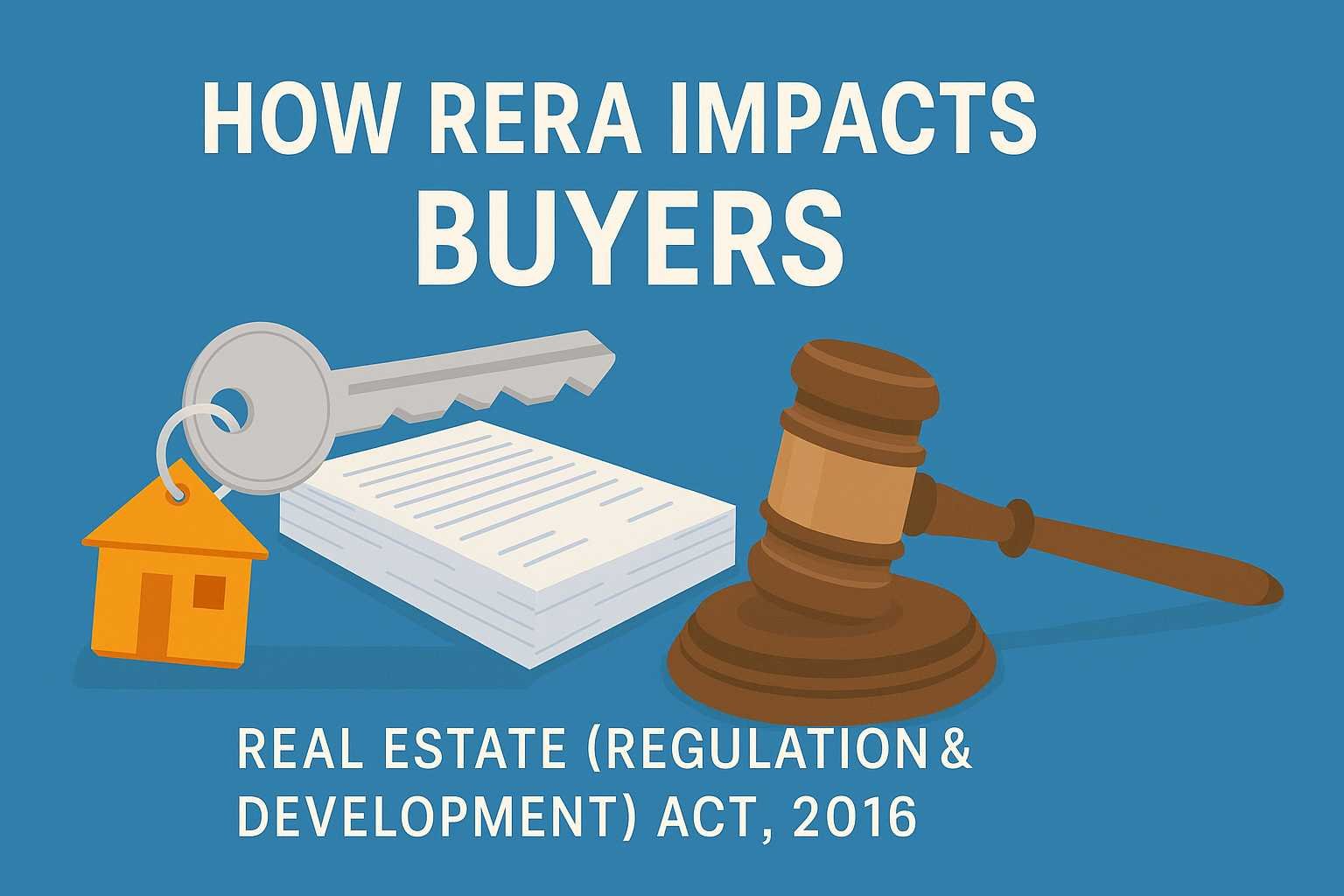On this page you will read detailed information about Drone Laws in India 2025.
Drones (also called unmanned aerial vehicles or UAVs) are increasingly popular in India—for aerial photography, agriculture, surveying, recreation, delivery, and even security. But with great power comes regulation. The question many ask: Is it legal to fly drones in India? The answer is: yes, under defined rules, permits, and restrictions.
In this blog, we’ll explore the legal framework, categories, how to fly legally, penalties, challenges, and emerging changes.
1. Legal Basis & Regulatory Authority
DGCA & Drone Rules, 2021
The Directorate General of Civil Aviation (DGCA) is the central regulatory authority for civil aviation in India, including drones. Under the Drone Rules, 2021, India codified the legal regime for drone operations, streamlining permissions and enabling responsible use.
The rules replaced earlier ad hoc and overbearing restrictions, aiming to balance innovation with safety.
The rules define obligations for operators, categories of drones, permissions under “No Permission, No Take Off (NPNT),” airspace zones (Green, Yellow, Red), and penalties for violations.
Proposed New Bill (2025)
In September 2025, the Ministry of Civil Aviation released a draft Civil Drone (Promotion and Regulation) Bill, 2025 proposing stricter penalties and clearer regulation.
Under the draft, unregistered drone use could attract up to 3 years of imprisonment or fines up to ₹1 lakh.
This draft—if enacted—could augment or replace parts of the Drone Rules, adding statutory weight to enforcement. For now, it’s open for comments and not yet law.
2. Is It Legal? Yes, with Conditions
Yes, flying drones in India is legal—if you comply with the established rules. Flying drones without adhering to rules or in restricted zones can be illegal and subject to penalties.
Key points:
- Nano drones (≤ 250 g) used for recreational purposes do not require registration or Remote Pilot Certificate (RPC), but must obey operational limits.
- Drones ≥ 250 g must be registered, and operators often must possess RPC, especially for commercial use.
- All drones (except exempt nano ones) must follow No Permission, No Takeoff (NPNT)—digital permission via the Digital Sky Platform is required.
- You must not fly in no-fly zones or restricted airspace (airports, military installations, sensitive infrastructure).
- Maximum altitude allowed is 120 meters (400 ft) above ground level, unless special permission is granted.
- Drones must remain within visual line of sight (VLOS) unless BVLOS (beyond visual line of sight) is specifically permitted.
- Night flying, flying over crowds, or near sensitive infrastructure is generally forbidden without special clearance.
If you follow these rules and obtain necessary permissions, your drone operations are legal.
3. Drone Categories & Why They Matter
One of the central features of the Indian regulatory regime is dividing drones by weight categories, since lighter drones pose fewer risks.
The typical categories:
| Category | Weight Range | Registration / Permission Required? |
|---|---|---|
| Nano | ≤ 250 g | Exempt from registration for recreational use; must obey limits |
| Micro | 250 g – 2 kg | Registration & RPC for some uses, NPNT applies |
| Small | 2 kg – 25 kg | Full registration, RPC, and permissions needed |
| Medium | 25 – 150 kg | More stringent rules |
| Large / Hefty | > 150 kg or up to 500 kg | Subject to most strict rules and oversight |
These categories determine which permissions you need, your operating envelope, and your responsibilities.
4. Registration, Licenses & Permissions
Digital Sky Platform (DSP) & UIN
Drones (except exempt nano) must be registered on the Digital Sky Platform, India’s central drone management system.
Once registered, the drone gets a Unique Identification Number (UIN) that must be visible during flights.
Every flight (unless exempt) must go through NPNT, meaning digital clearance is granted via the DSP before takeoff.
If you modify your drone’s flight control module or remote pilot station, you must update that in DSP within 7 days or before your next flight.
Remote Pilot Certificate (RPC)
For drones above nano/micro thresholds and especially for commercial use, operators need a Remote Pilot Certificate (RPC) issued by DGCA-approved training institutions.
Eligibility may include:
- Minimum age (e.g. ≥ 18 years)
- Minimum education (often 10th standard or equivalent)
- Completing a DGCA-approved training course and passing tests
RPCs generally last 10 years, needing renewal.
Permissions & Clearances
Depending on where and how you fly, additional permissions might be needed:
- Green / Yellow / Red zones: The DSP classifies airspace zones; in Yellow zones, permission is required; Red zones often forbidden.
- Night flights / beyond visual line of sight (BVLOS) require special approvals.
- Commercial operations (delivery, mapping, surveillance) face stricter oversight and possibly approvals from multiple agencies.
- For drone shows or large public events, separate permissions from DGCA, local police, and air traffic control are mandatory.
5. Operational Rules & Limitations
Just because your drone is legal doesn’t mean you can fly it anywhere, anytime. Here are key operational constraints:
Altitude & Line of Sight
- The maximum altitude is 120 meters (400 ft) above ground unless special permission is granted.
- The drone must be flown within visual line of sight (VLOS) of the operator. BVLOS requires explicit permission.
Time of Operation & Conditions
- Night flying is prohibited unless you have special permission and your drone is suitably equipped.
- You must avoid flying in inclement weather, low visibility, or strong winds (if those impede safe control).
- Flying over people, crowds, or densely populated areas is generally disallowed unless approved.
Airspace & Zone Restrictions
- No-fly zones include airports, military bases, government buildings, strategic installations, international borders, major infrastructure, etc.
- Green / Yellow / Red zones: Some areas require permission, others are strictly prohibited—DSP provides maps for zones.
- Restricted vertical zones: near aircraft corridors, restricted vertical surfaces.
- Hotspots & temporary bans: Local authorities may declare short-term no-fly orders in certain sensitive areas (e.g. Ahmedabad had 36 red zones + 165 yellow zones recently).
Safety, Maintenance & INSPECTION
- Pre-flight checks: battery status, connectivity, compass calibration, weather.
- The drone should be in good condition—no loose parts, cracked propellers, etc.
- Maintain sufficient distance from people, animals, vehicles, buildings, power lines.
6. Penalties, Violations & Risks
If you violate drone laws, consequences can be serious.
- Fines & penalties: Past violations have attracted fines up to ₹25,000 to ₹5,00,000 depending on severity.
- Confiscation of drone for illegal operations.
- Criminal liability if your actions threaten national security, violate the Indian Penal Code.
- Under the draft 2025 bill, unregistered drone use may attract jail for up to 3 years or fines up to ₹1 lakh.
Because drone flights can implicate aviation safety, national security, and privacy, regulators treat violations seriously, especially near airports or sensitive areas.
In the previous post, we had shared information about Bank Account Freeze by Cyber Crime: How to Unfreeze, so read that post also.
7. Real-Life Examples & Enforcement in India
- Ahmedabad (2025): City authorities designated 36 red zones and 165 yellow zones. Any drone in restricted zones without DSP permission is subject to legal action.
- Bhopal (2025): Declared the area around BHEL as a no-drone zone for two months as a security measure.
- Gurgaon traffic enforcement: Drones used for monitoring traffic violations; offenders caught were fined.
These demonstrate that authorities are actively monitoring, restricting, and enforcing drone regulations.
8. Steps to Fly a Drone Legally (Checklist)
Here’s a sample roadmap to help you fly legally in India:
- Check your drone’s weight category (nano, micro, small, etc.).
- Register on Digital Sky Platform (if required) and obtain UIN.
- Obtain Remote Pilot Certificate (RPC) if required (usually for commercial or heavier drones).
- Check airspace maps / zones via DSP—look at Green, Yellow, Red zones.
- Obtain flight permission (NPNT) for the intended area and time.
- Ensure your drone and gear are technically compliant (sensors, firmware, safety features).
- Perform pre-flight checks (battery, compass, connectivity).
- Fly within VLOS, below altitude limits, and follow all operational restrictions.
- Log flights / missions as needed, maintain records and compliance.
- Be alert to local/temporary bans or no-fly orders from authorities.
9. Challenges & Issues
- Complex approval process: Even though rules are clearer now, applying for permissions can be cumbersome, especially for novices.
- NPNT compliance & firmware: Drones must have embedded NPNT logic and communicate with DSP, which not all models support.
- Local enforcement variations: Some municipalities may impose extra bans beyond DGCA mandates.
- Privacy & security concerns: Filming sensitive locations, spying, or misuse raise surveillance and privacy issues.
- Interference & crashes: Drones in crowded airspaces risk interfering with manned aircraft or causing accidents.
- Uncertainty with new laws: The 2025 draft bill signals stricter rules ahead, meaning you must stay updated.
10. Future Trends & What to Watch
- Drone delivery / logistics: Several pilots are underway; legal regimes for BVLOS, corridor management, and safety oversight will mature.
- Precision agriculture / drones as service: The “Drone Didi” scheme is one Indian government program encouraging drone usage in farming by women.
- Counter-drone / defense systems: As drone use grows, countermeasures (anti-drone systems) are also being built domestically (e.g. Bhargavastra system) to neutralize unauthorized drones.
- Regulation upgrades: Pending the 2025 drone bill, expect stricter penalties, clearer statutory powers, and potentially more enforcement tools.
- Ecosystem growth: Drone manufacturing, software, services, training, and support industries are expanding fast in India.
Conclusion
Yes, flying drones in India is legal—but only when you follow the rules. The DGCA’s Drone Rules, 2021, plus the Digital Sky Platform, give a structured framework for both hobbyists and professionals. From registering your drone, getting NPNT clearance, obeying zone rules, and avoiding no-fly areas, compliance is key.
Given evolving technology and increased security concerns, it’s more important than ever to stay updated on regulations, especially as the 2025 draft bill may bring stricter penalties. By being responsible, informed, and law-abiding, you can enjoy the benefits of drone flight without getting into legal trouble.
Disclaimer
The information and services on this website are not intended to and shall not be used as legal advice. You should consult a Legal Professional for any legal or solicited advice. While we have good faith and our own independent research to every information listed on the website and do our best to ensure that the data provided is accurate. However, we do not guarantee the information provided is accurate and make no representation or warranty of any kind, express or implied, regarding the accuracy, adequacy, validity, reliability, availability, or completeness of any information on the Site. UNDER NO CIRCUMSTANCES SHALL WE HAVE ANY LIABILITY TO YOU FOR ANY LOSS OR DAMAGE OF ANY KIND INCURRED AS A RESULT OR RELIANCE ON ANY INFORMATION PROVIDED ON THE SITE. YOUR USE OF THE SITE AND YOUR RELIANCE ON ANY INFORMATION ON THE SITE IS SOLELY AT YOUR OWN RISK. Comments on this website are the sole responsibility of their writers so the accuracy, completeness, veracity, honesty, factuality and politeness of comments are not guaranteed.
So friends, today we talked about Drone Laws in India 2025, hope you liked our post.
If you liked the information about Drone Laws in India 2025, then definitely share this article with your friends.
Knowing about laws can make you feel super smart ! If you find value in the content you may consider joining our not for profit Legal Community ! You can ask unlimited questions on WhatsApp and get answers. You can DM or send your name & number to 8208309918 on WhatsApp

